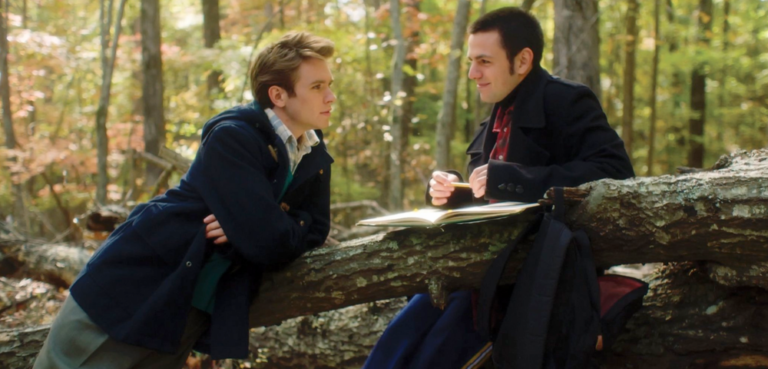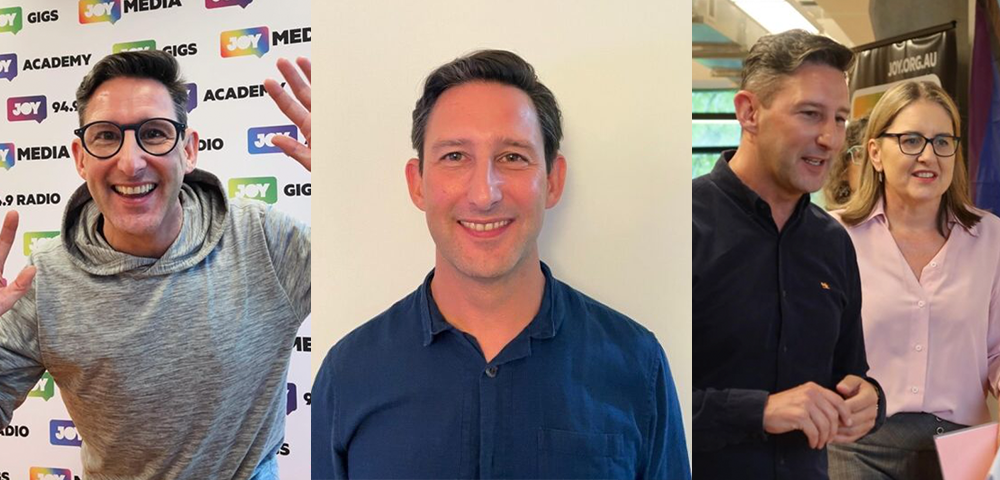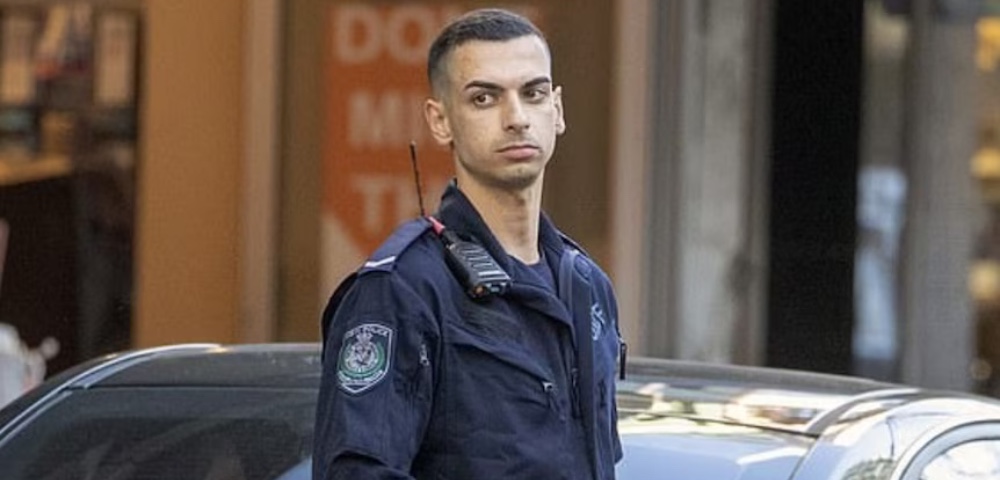
Building community from crisis: 30 years of VAC

 Thirty years ago in July of 1983, around 70 people met in the Laird Hotel in Abbotsford to discuss terrifying reports coming from the United States of a disease afflicting the gay community. A response that began a month earlier with a medical information session a for members of Melbourne’s gay community had become a call to action, and those gathered at the Laird formed the Victorian AIDS Action Committee, the precursor to what became the Victorian AIDS Council.
Thirty years ago in July of 1983, around 70 people met in the Laird Hotel in Abbotsford to discuss terrifying reports coming from the United States of a disease afflicting the gay community. A response that began a month earlier with a medical information session a for members of Melbourne’s gay community had become a call to action, and those gathered at the Laird formed the Victorian AIDS Action Committee, the precursor to what became the Victorian AIDS Council.
One of those present at the meeting was celebrated human rights campaigner and gay activist Jamie Gardiner, a member of the Homosexual Law Reform Coalition (HLRC) campaigning for legal change for gay Victorians in the 1970s.
Gardiner and his HLRC colleagues had been fighting for years with some success to overturn laws rendering non-celibate gay men criminals in Victoria—laws used by the police and judiciary to persecute and prosecute, leading to a culture of secrecy and fear. But if the fear of public persecution kept many gay Victorians in hiding in the 1970s, these new, alarming reports from the United States forced them together to figure out how to respond.
“The epidemic of HIV/AIDS was a bit like wartime—we were under attack and people rallied together. It was in some ways the building of the community to face a common enemy,” Gardiner told Star Observer.
“Back in 1983 we knew that there was something ghastly going on in America, and it was likely to come to us. At that stage of course we didn’t even know what was causing it. There were scary theories about so-called ‘lifestyle factors’ specifically targeting us [gay men],” said Gardiner, explaining that it wasn’t just the gay community who didn’t have information about AIDS.
“Some of the senior doctors who were critical to developing a strategy to fight AIDS really didn’t know anything about gay sex and probably thought they did—that was a problem.”
Gardiner said that paradoxically, the threat and the reality of AIDS made a community out of what had previously been just a “scene”. Very early on, those involved learned from the experience of the gay community in United States they would need to do two things: care for people who contracted the illness and teach people how to avoid it. Even then, safe sex promotion and condom use in particular was a big part of the Victorian AIDS Action Committee’s mandate.
The community response coming out of that initial meeting was huge, and the group became incorporated as the Victorian AIDS Council (VAC) in 1984.
For its entire lifespan, community volunteers have been the backbone of VAC, even as services have changed and the epidemic has changed.
“I started in ’96 as a volunteer…soon after that people stopped dying in such huge numbers,” said VAC’s Community Support Team Leader Campbell Smith.
“Community support was the origin of VAC…there was very great support available for people who in many cases wanted to go home to die, and they might have had a team of up to 14 volunteers supporting them.”
Smith told Star Observer that now, many of the services VAC provides are to help people living with HIV reconnect with the community.
“There has been an increasing demand for social support—people aren’t so ill, it’s more about social isolation, leading to depression and anxiety,” he said.
“AIDS has dropped out of the headlines a lot after the mid-’90s, and lots of people used to think, is that still around and is there still a need, because there was a bit of a public perception that medications had solved it all. It’s still with us, people still get sick and they still need support services. So being able to maintain a support program through all the ups and downs over the last 30 years has been a significant achievement.”
Although a lot has improved, Smith said the ageing community of people living with HIV presented new challenges for VAC, and highlighted the ongoing need for community support.
“We’re going to be relying on volunteers for a long time to come, no matter what happens in terms of a research into a cure and with the epidemic,” he said.
“People living with HIV now, although the majority of them are living with quite stable health thanks to medications, we’re still seeing people who are doing it tough.”
A plaque will be unveiled at the Laird Hotel this Saturday to celebrate 30 years of the Victorian AIDS Council, and all are welcome. Other VAC 30th anniversary events include an exhibition of safe sex campaign posters, a seminar series and book launch for a new history of the organisation.
Visit www.vicaids.asn.au for more details.









